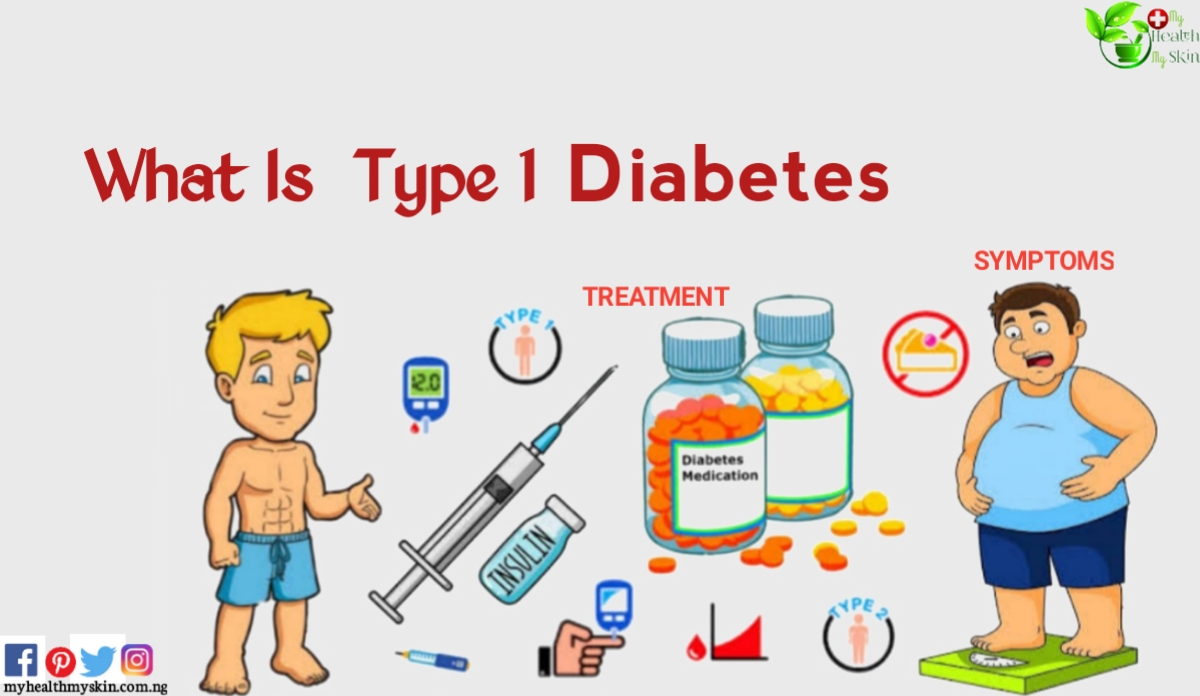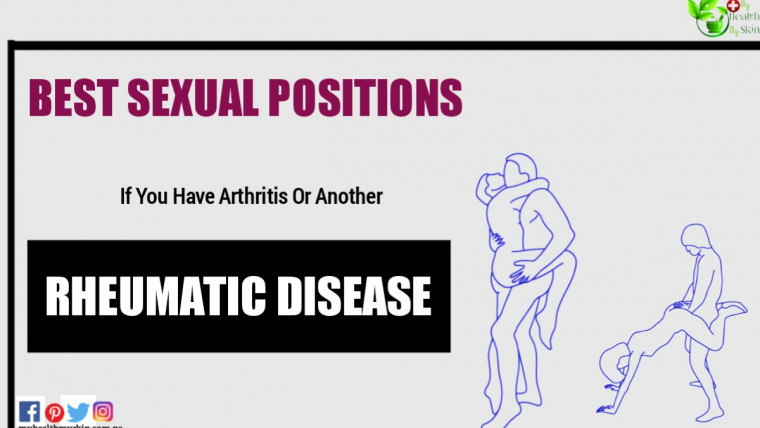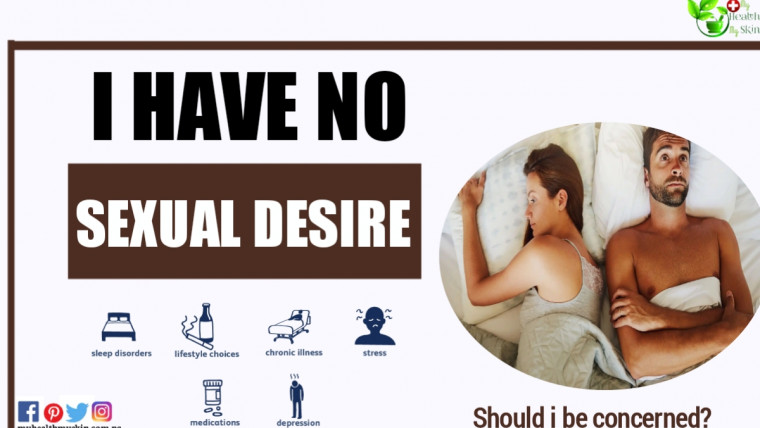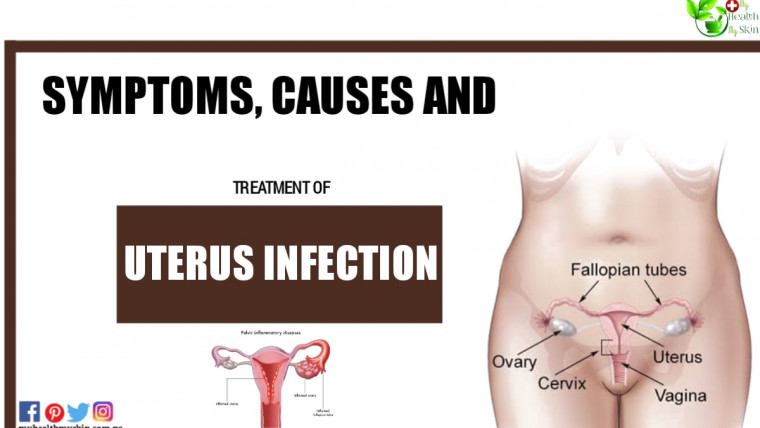What is type 1 diabetes?
Type 1 diabetes mellitus (DM1), also called juvenile diabetes, is a chronic disease that arises when the pancreas is sick and produces little or no insulin.
Insulin is a hormone that works by allowing glucose (sugar) to enter cells, where they are used as fuel to generate energy for the body. Without insulin, glucose cannot enter cells and ends up being accumulated in the blood, leading to a condition called hyperglycemia.
Hyperglycemia is extremely harmful to the body, causing, in the long term, damage to various tissues and organs.
Despite being more common in children and teenagers, type 1 diabetes can also occur in adults.
Causes
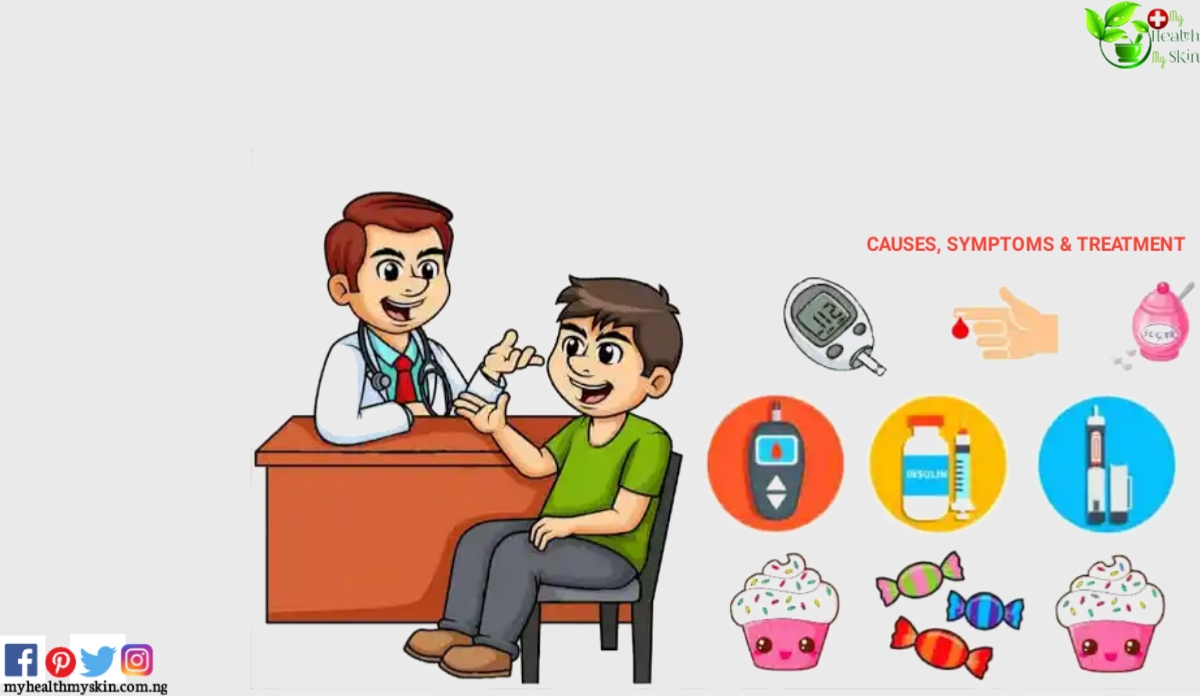
In most cases, type 1 diabetes is a disease of autoimmune origin, in which the patient’s own antibodies attack and destroy part of the pancreas, specifically the insulin-producing cells known as islet of Langerhans beta cells.
The autoimmune process of destruction of pancreatic beta cells occurs in genetically susceptible individuals and is likely triggered by one or more environmental agents, such as some types of viruses.
The process of destruction is slow and takes several months to a few years before enough cellular damage occurs for insulin production to become scarce.
There are two peaks in the incidence of diabetes, the first occurring between 4 and 7 years and the second between 10 and 14 years.
In summary, the patient is born with genetic alterations that favor the emergence of type 1 diabetes, develops autoantibodies in the first years of life and will only present the disease in the middle to late childhood.
Type 1 diabetes of autoimmune origin is called type 1A. There is also type 1B diabetes, which is rarer, also occurs due to the destruction of beta cells in the pancreas, but the origin is unknown, with no autoantibodies involved in the genesis of the disease.
Is Type 1 Diabetes Hereditary?
Family history is relevant but not strictly necessary. The risk of a child developing type 1 diabetes is:
- 0.4% if there is no family history.
- 1 to 4% if the mother is type 1 diabetic.
- 3 to 8% if the father is type 1 diabetic.
- 2 to 6% if one of the siblings has DM1.
- 30% if both parents have the disease.
- 30% if an identical twin (identical) has the disease.
In cases of type 2 diabetes mellitus (DM2), heredity is a much stronger risk factor, with more than 75% of patients having a positive family history.
What is the difference between type 1 diabetes and type 2 diabetes?
Unlike what happens in most cases of type 1 diabetes, type 2 diabetes mellitus does not have an autoimmune origin and occurs mainly in adults who are obese, sedentary and with a positive family history.
DM2 is a type of diabetes that occurs due to insufficient insulin action in the bloodstream. The pancreas produces insulin, but the tissues don’t recognize its presence, preventing glucose from entering cells, a process known as insulin resistance.
Symptoms
Symptoms of type 1 diabetes are usually caused by hyperglycemia. Are they:
- Excessive thirst.
- Tiredness.
- Frequent urination.
- Loss of bladder control during sleep (re-wetting the bed).
- Weight loss.
- Blurred vision.
- Frequent hunger.
- Irritation.
- frequent infections
- Slow healing of wounds.
- Bad breath.
Diabetic ketoacidosis
In some children, the first sign of diabetes may be a complication known as diabetic ketoacidosis.
Without insulin, cells do not receive adequate amounts of glucose and must use the body’s fat stores as an energy source. The breakdown of fats generates acidic substances, called ketone bodies, such as β-hydroxybutyrate and acetoacetate.
Excess ketoacids causes a drop in blood pH, which can acidify the blood to fatal levels, which is why ketoacidosis is considered a medical emergency. About 80% of deaths in diabetic children and adolescents are caused by ketoacidosis.
Ketoacidosis usually appears when blood glucose is very uncontrolled, usually with values above 500 mg/dl. Its most common signs and symptoms are
- Nausea.
- Vomiting.
- Abdominal pain.
- Mental confusion.
- Prostration.
- Breathing difficulty
Complications
Over the years, chronic hyperglycemia can cause damage to various tissues in the body. Among the most affected organs are the heart, blood vessels, nerves, eyes and kidneys.
The rate and severity of complications is directly related to blood sugar levels (blood glucose). In the long term, the more uncontrolled the blood glucose and the older the diabetes, the greater the risk of developing multiple diseases.
There are several complications of type 1 diabetes, some directly linked to chronic hyperglycemia, others related to restrictions caused by the disease. Among the most common, we can mention:
- Coronary artery disease (angina).
- Acute myocardial infarction.
- Stroke.
- High blood pressure.
- Injury to the arteries of the lower limbs: can cause severe blockage of blood vessels in the legs and require limb amputation.
- Diabetic neuropathy: damage to peripheral nerves, usually in the feet and legs, causing tingling, numbness, burning or pain.
- Damage to the nerves in the gastrointestinal tract, leading to problems such as nausea, vomiting, diarrhea or constipation.
- Erectile Dysfunction.
- Diabetic nephropathy: damage to the kidneys, causing chronic kidney failure and loss of large amounts of protein in the urine.
- Diabetic retinopathy: damage to blood vessels in the retina that can cause blindness.
- Pregnancy complications: pre-eclampsia, miscarriage, fetal death and birth defects.
- Depression.
- Eating disorders such as bulimia and norexia nervosa.
- Recurrent infections such as vaginal thrush and urinary tract infection.
- Growth delay.
- Emergence of other autoimmune diseases: Autoimmune thyroiditis and celiac disease are the most common.
Diagnosis
The diagnosis of DM1 is performed by measuring blood glucose or glycosylated hemoglobin.
Two blood tests are required, taken on different days, with at least one of the three criteria listed below:
- Fasting blood glucose above 126 mg/dl.
- Blood glucose at any time of the day above 200 mg/dl.
- Glycoslated hemoglobin (HbA1c) greater than 6.5%.
Once diabetes is diagnosed, the endocrinologist can also look for the presence of autoantibodies in the blood.
Treatment
There is no cure for type 1 diabetes. Treatment is aimed at long-term blood glucose control to reduce the incidence of complications.
Blood glucose control is done through several approaches, the most important being:
- Regular insulin administration (up to 6 times a day).
- Diet control.
- Frequent monitoring of blood glucose by the patient.
- Physical exercise practice.
The goal of treatment is to keep the glycosylated hemoglobin value below 7%. Therefore, the patient should try to maintain blood glucose between 80 and 130 mg/dl before meals and below 180 mg/dl after meals.
If values are out of control, diet and insulin dose should be reassessed.
Insulin treatment
Because in type 1 diabetes the pancreas produces little or no insulin, patients need to replace natural insulin with artificial insulin, which can be given through regular injections throughout the day or through an insulin pump.
The level of insulin administered must be carefully defined according to the patient’s diet and exercise habits. Insufficient amounts may not control blood glucose and increase the risk of complications, while excessive amounts may cause hypoglycaemia .
The most used types of insulin are:
- Fast-acting insulin: starts acting in about 15 minutes, peaks in 1 hour and continues to work for 2 to 4 hours.
- Types: Insulin glulisine (Apidra), insulin lispro (Humalog) and insulin aspart (NovoLog).
- Regular or short-acting insulin: starts acting about 30 minutes after injection, peaks around 2-3 hours and is effective for approximately 3-6 hours.
- Types: Humulin R, Novolin R.
- Intermediate-acting insulin: it has an onset of action in about 2 to 4 hours, peaks in 4 to 12 hours, and is effective for about 12 to 18 hours.
- Types: NPH (Humulin N, Novolin N).
- Long-acting insulin: reaches the bloodstream several hours after injection and tends to lower glucose levels fairly evenly over a 24-hour period.
- Types: insulin detemir (Levemir) and insulin glargine (Lantus).

